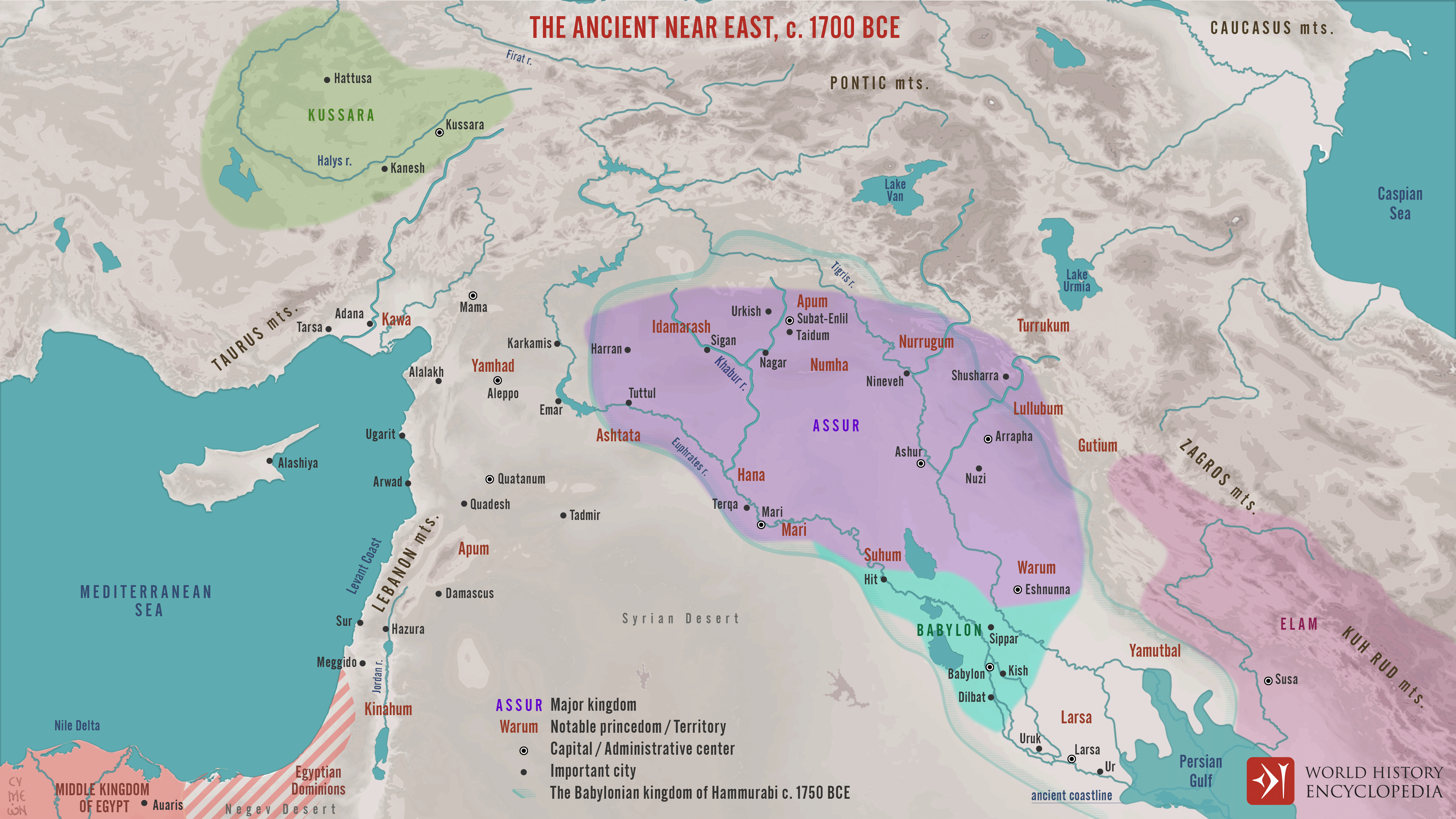The Akkadian culture, which emerged around 2334 BCE, was one of the earliest and most influential civilizations in the ancient Near East. It was the first empire to unite the disparate city-states of Mesopotamia under one ruler, Sargon of Akkad. Despite its short-lived dominance, the Akkadian culture had a profound impact on the development of art, writing, and religion in the region.

Mythology
Akkadian mythology shares many similarities with the mythologies of its neighboring Sumerian and Babylonian cultures. The pantheon consisted of numerous gods and goddesses, each responsible for specific aspects of nature, human society, or abstract concepts. The mythology was preserved through a rich corpus of literary texts, including epic tales, hymns, and prayers that extolled the virtues of the gods and recounted their deeds. Some of the most important Akkadian myths include the Enuma Elish (the Babylonian creation myth) and the Epic of Gilgamesh, which reflect the culture's cosmology and belief system.
Deities
The Akkadian pantheon was headed by the sky god Anu, who symbolized authority and kingship. His children, Enlil and Enki, were responsible for the ordering of the cosmos and the regulation of human affairs, respectively. Inanna (later known as Ishtar), the goddess of love and war, was a key figure in Akkadian religion, as she embodied both the fertility of the earth and the violence of warfare. Other important deities included Utu, the sun god; Nanna, the moon god; and Ninhursag, the earth goddess.
Marduk, the chief deity of Babylon, rose to prominence during the Akkadian period. He was the son of Enki and represented divine kingship, justice, and fertility. The Enuma Elish tells the story of Marduk's rise to supremacy over the other gods, culminating in his slaying of the chaos monster Tiamat and the creation of the world.

Rituals
Akkadian rituals served to maintain the cosmic order and ensure the continued favor of the gods. These rites included offerings, sacrifices, and purification ceremonies. Offerings to the gods consisted of food, drink, and valuable objects, presented by priests in temple sanctuaries. Animal sacrifices were also performed, with the blood and innards being offered to the gods, while the meat was shared among worshippers.
Purification rituals were essential for maintaining the spiritual and physical health of individuals and the community. The mis pi, or mouth-washing ceremony, was performed to purify a divine statue, while the bit rimki, or house-washing ceremony, was used to cleanse temples and homes of impurities.
Festivals were important communal events in the Akkadian religious calendar. The most significant was the Akitu festival, which marked the beginning of the new year. This twelve-day event celebrated the victory of Marduk over Tiamat and the renewal of the king's divine mandate to rule. The festival featured processions, offerings, and ritual dramas that reenacted the events of the Enuma Elish.
Summary
The Akkadian culture played a critical role in shaping the religious landscape of the ancient Near East. Its mythology and rituals provided a framework for understanding the cosmos and human society, emphasizing the importance of divine intervention and kingship. The pantheon of gods and goddesses, centered around Anu, Enlil, and Enki, as well as the later ascendance of Marduk, reflected the culture's complex cosmology and political structure. The rituals and ceremonies, including offerings, sacrifices, and purification rites, served to maintain the balance between the human and divine realms, ensuring the continued prosperity and stability of the empire.
The Akkadian culture's influence on later Mesopotamian civilizations, such as the Assyrians and Babylonians, is evident in the continued worship of its deities and the adaptation of its myths and rituals. Furthermore, the Epic of Gilgamesh, which originated in the Akkadian period, remains one of the most significant and enduring literary works of the ancient world, providing valuable insights into the culture's belief system and worldview.
In conclusion, the Akkadian culture was a vital and influential civilization in the ancient Near East. Its mythology, rituals, and deities not only shaped the religious landscape of the region but also contributed to the development of literature, art, and societal structures that continue to resonate with scholars and enthusiasts today. As such, studying the Akkadian culture provides a fascinating and essential window into the complex history of Mesopotamia and the early civilizations that laid the foundation for the world as we know it.
